|
|
Wednesday, September 14, 2016
|
Monthly newsletter from the editors of Photonics Spectra, with features, popular topics, new products, and what's coming in the next issue.
|
|
|
| sponsor |

|
|
 Measuring Up: From Aspheres to Education
Measuring Up: From Aspheres to Education
MIKE WHEELER, MANAGING EDITOR
The first lenses shown to have aspheric surfaces were discovered in several Viking graves on the island of Gotland in Sweden. Known as the Visby lenses, the rock crystal lenses date to the 11th or 12th century, according to “The Eye in History” by Frank Joseph Goes. It’s not entirely clear what the origin or purpose of these lenses were. What is clear, a thousand years later, is the special role aspheres play in a growing number of systems.
|
|
|
|
|
The Long and the Short of It: Techniques for Measuring Aspheres
The benefits of aspheric lenses are numerous: They allow for a reduction in spherical aberrations and are ideal for focusing or collimating light, as they can achieve a low ƒ-number. Aspheres also allow the same or better performance using fewer lenses, which often translates to a reduction in both size and weight in a system.
|
|
|
|
|
|
 For MEMS Displays, Projections of Success
For MEMS Displays, Projections of Success
When it comes to MEMS-based displays, what’s old is new — and now the only game in town. The old, and now only, technology involves projectors, which exploit MEMS chips to create images by bouncing light off either an array of tiny mirrors or a single microscopic mirror. Some of these displays are as big as movie screens. Others are small, near-eye displays. Still others are in-between, such as head-up displays in cars.
|
|
|
|
|
|
For Integrated Photonics, a Tale of Two Materials
With its suitability for monolithic integration for optics and photonics, silicon has been widely hailed as the material of the future. But graphene — with its capacity for signal emission, transmission and detection — could be the next disruptive technology.
|
|
|
|
|
|
A metamaterial has been designed with a switchable metasurface that allows it to either block or transmit light waves in response to light pulses. Developed by researchers at the University of Southampton, the optically switchable metamaterial uses the phase-change medium germanium antimony telluride to change properties, a capability that may be useful for a range of optical devices.
|
|
|
|
An underwater computer with an interface to a microscopic imaging unit is enabling scientists to noninvasively image seafloor environments and organisms in situ at nearly µM resolution. The system, called the Benthic Underwater Microscope, will help scientists better understand the dynamic ecological processes taking place underwater on a microscopic scale.
|
|
|
|
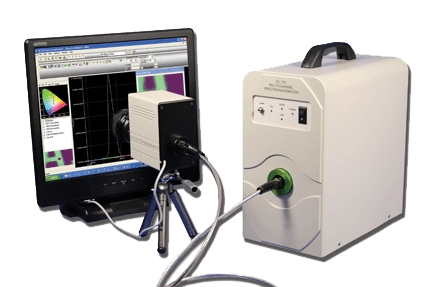 OL 770-DMS Display Measurement System
OL 770-DMS Display Measurement System
Gooch & Housego Orlando
Gooch and Housego’s OL 770-DMS Display Measurement System is the most versatile system available today for manufacturers developing new displays. Capable of performing all critical measurements, it provides a complete solution for modern display measurement requirements.
Visit Website
Request Info
|
|
|
|
|
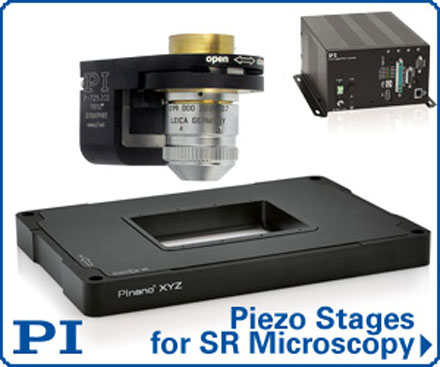 2nd Generation Piezo Stages for SR Microscopy
2nd Generation Piezo Stages for SR Microscopy
PI (Physik Instrumente) L.P., Air Bearings and Piezo Precision Motion
The 2nd generation of PInano XY / XYZ piezo stages is now available as an affordable package with a state-of-the-art digital servo controller for higher performance, stability and additional tuning flexibility.
Visit Website
Request Info
|
|
|
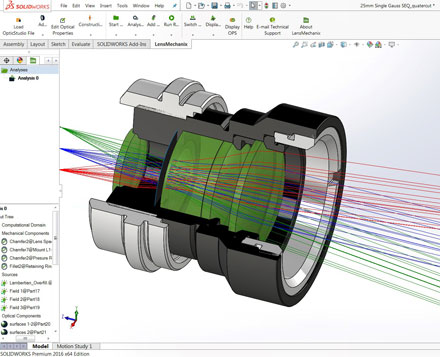 Simplify Optomechanical Design
Simplify Optomechanical Design
Zemax LLC, Optical & Illumination Design Software
Zemax introduces LensMechanix, a powerful SOLIDWORKS add-in that simplifies optomechanical product development. Eliminate STEP files, catch errors early, and improve efficiency with LensMechanix.
Visit Website
Request Info
|
|
|
|
|
|
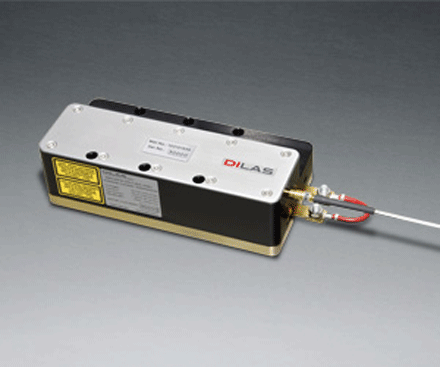 High-Brightness, Tailored Bar
High-Brightness, Tailored Bar
DILAS Diodenlaser GmbH
Based on DILAS’ tailored bar concept, over 30,000 modules shipped for kilowatt-class fiber laser pumping. This brilliant innovation is the most efficient way to fabricate a laser pump source.
Visit Website
Request Info
|
|
|
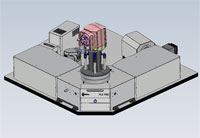 Fluorescence Spectrometer
Fluorescence Spectrometer
Edinburgh Instruments Ltd.
Edinburgh Instruments Ltd. has announced an upgraded FLS980 Fluorescence Spectrometer with the capability to measure over a large temperature range of <3 to 300 K without the need for cryogenic liquids.
Visit Website
Request Info
|
|
|
|
|
|
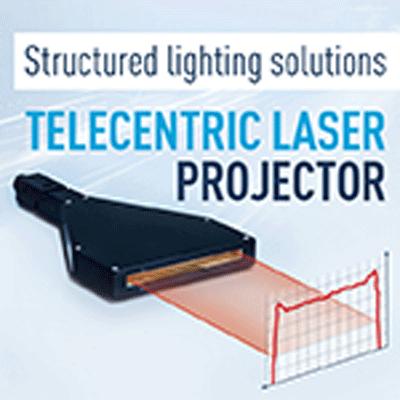 Telecentric 3D Laser
Telecentric 3D Laser
Osela Inc.
Osela’s Telecentric Laser Projector (TLP) provides parallel non angular laser line illumination as opposed to conventional laser lines that project a diverging fan. The TLP has the advantage of reducing object occlusions on your image plane critical for 3D high precision structured lighting applications.
Visit Website
Request Info
|
|
|
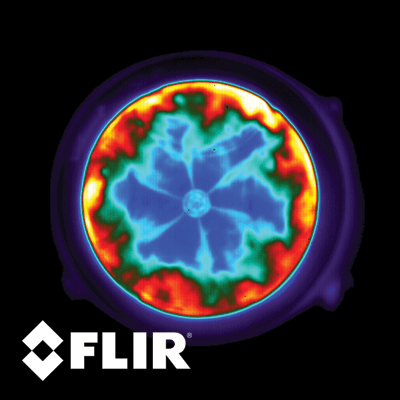 World’s Fastest Full Resolution Thermal Camera
World’s Fastest Full Resolution Thermal Camera
FLIR Systems Inc.
The FLIR X6900sc is an extraordinarily fast, highly sensitive MWIR camera designed for scientists, researchers, and engineers. With advanced triggering, on-camera RAM/SSD recording, and a four-position motorized filter wheel, this camera offers the functionality to stop motion on high-speed events.
Visit Website
Request Info
|
|
|
|
|
|
Laser Measurement Best Practices: How to Avoid Choosing the Wrong Power/Energy Sensor
Tue, Sep 27, 2016 1:00 PM - 2:00 PM EDT
Sensors are critical for accurate laser measurement, yet they are often selected based on the wrong criteria. In this webinar, Ophir-Spiricon sales engineer Dick Rieley will discuss laser measurement best practices and will guide you through key factors in the sensor selection process, including beam diameter, beam density values, cooling requirements, and exposure duration. Choosing the wrong laser sensor can result in a damaged sensor and invalid measurements of the laser’s performance. Join us for this free webinar on sensor selection, to be sure that you make the right choice.
|
|
|
|
Features
Laser Materials Processing; Optics Fabrication; Medical Machine Vision; 3D Displays; Spectroscopy
Issue Bonus
Optics: Past, Present & Future, with directory
Photonics Media is currently seeking technical feature articles on a variety of topics for publication in our magazine Photonics Spectra. Please submit an informal 100-word abstract to Managing Editor Mike Wheeler at mike.wheeler@photonics.com or use our online submission form www.photonics.com/submitfeature.aspx.
|
|
|
 Since 1967, Photonics Spectra magazine has defined the science and industry of photonics, providing both technical and practical information for every aspect of the global industry and promoting an international dialogue among the engineers, scientists and end users who develop, commercialize and buy photonics products.
Since 1967, Photonics Spectra magazine has defined the science and industry of photonics, providing both technical and practical information for every aspect of the global industry and promoting an international dialogue among the engineers, scientists and end users who develop, commercialize and buy photonics products.
Stay current with a FREE subscription to the digital or print edition.
View Digital Edition
Subscribe Free
|
|
|
|
|
|